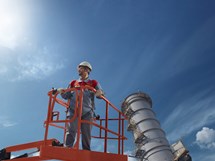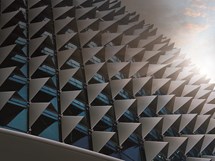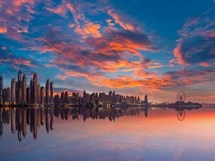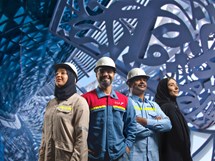Page Not Found (404)
Unfortunately we couldn't find the page you were looking for
You may have typed the web address incorrectly or the requested page may have been moved, updated or deleted.
You can try the following options instead
- Try the search option to find what you're looking for
- Go back to the previous page by hitting the back button on your browser
- Go to EGA Homepage








